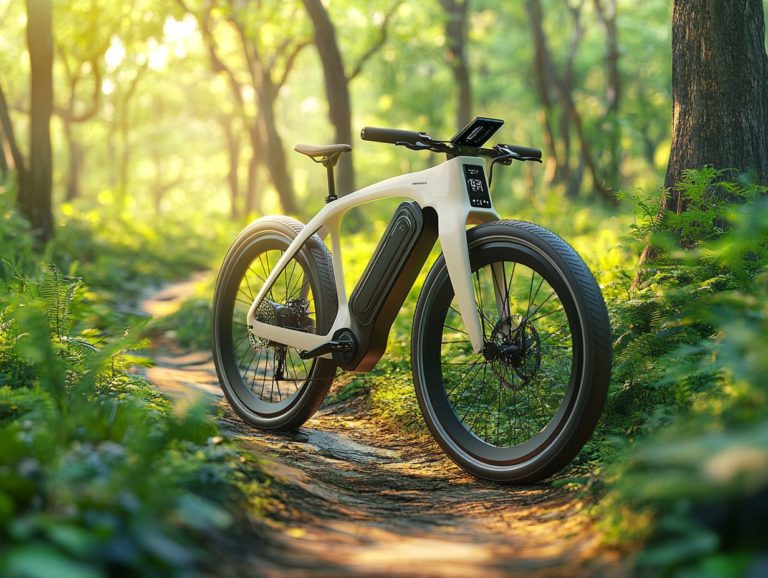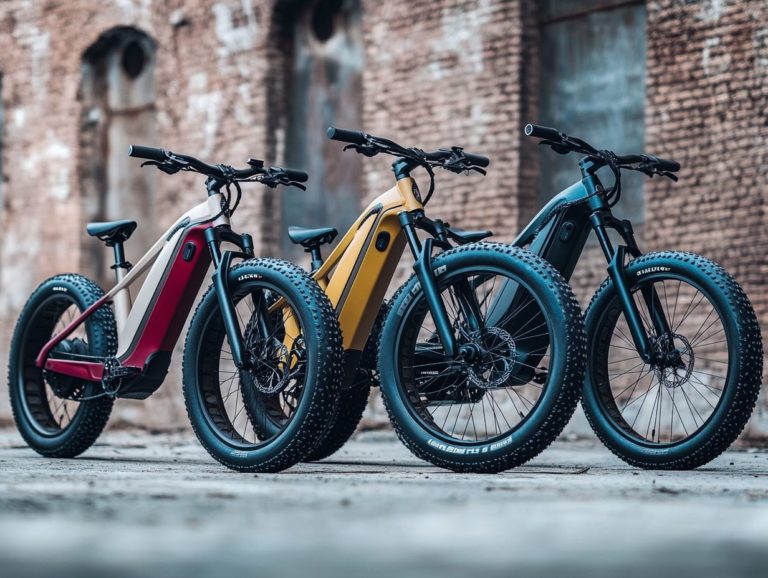How to Assess E-Bike Performance Ratings
E-bikes and electric bicycles are revolutionizing the way you commute and explore. It is crucial to grasp their performance ratings.
This article delves into what these ratings actually measure. It emphasizes key factors such as battery capacity, electric motor power, and performance ratings that significantly influence overall performance.
It also guides you on how to interpret these ratings across various models. You ll find valuable tips to ensure you select the right e-bike or pedal-assist bike tailored to your specific needs.
Whether you’re a casual rider or a dedicated commuter, this guide equips you with the knowledge to make informed decisions about e-bike testing and product recommendations.
Contents
- Key Takeaways:
- Understanding E-Bike Performance Ratings
- Factors Affecting E-Bike Performance
- Interpreting Performance Ratings
- Tips for Choosing the Right E-Bike
- Frequently Asked Questions
- What are E-Bike performance ratings?
- How can I assess E-Bike performance ratings?
- What factors should I consider when assessing E-Bike performance ratings?
- Are there any standards or guidelines for E-Bike performance ratings?
- Can I compare E-Bike performance ratings between different models and brands?
- How important are E-Bike performance ratings when choosing an electric bicycle?
Key Takeaways:
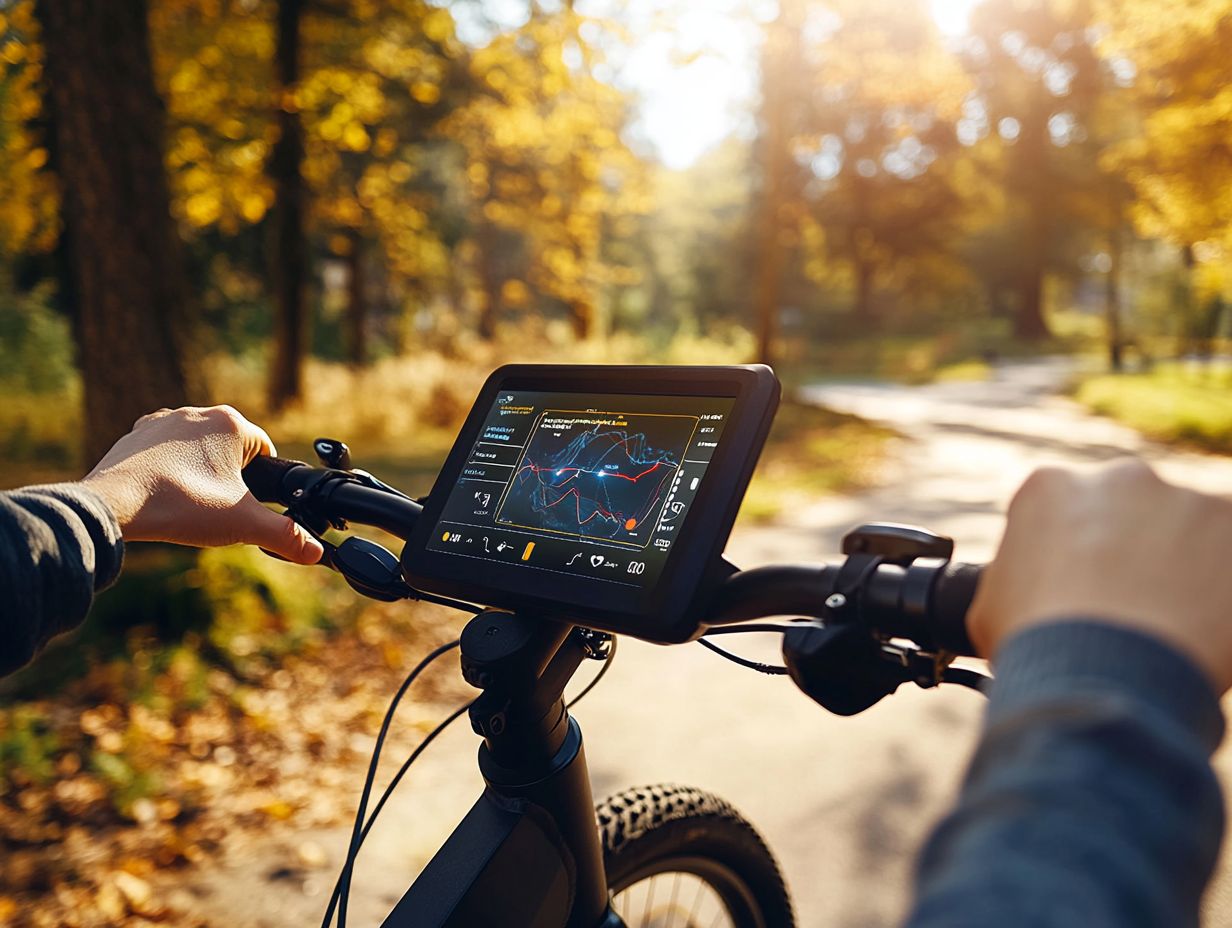
- Performance ratings measure the overall capabilities of an e-bike and can help you determine which model is best suited for your needs.
- Battery capacity, motor power, weight, and frame design are key factors that can greatly impact an e-bike’s performance ratings.
- It is important to compare and understand different e-bike models’ performance ratings. Consider your specific needs and other features when choosing the right e-bike.
Understanding E-Bike Performance Ratings
Understanding e-bike performance ratings is essential as you navigate the evolving e-bike market. Electric bicycles, especially pedal-assist models (which help you pedal), are changing urban transportation and outdoor adventures.
These ratings also offer valuable insights into product evaluations and give you the power to make informed decisions grounded in objective criteria. Industry experts have established standardized rating guidelines that evaluate key metrics like battery performance, durability, and safety standards.
This gives you confidence that you re choosing the perfect small transportation device for your needs!
What Do Performance Ratings Measure?
Performance ratings for e-bikes provide a detailed assessment of crucial elements like battery performance, range, braking, comfort, power, and durability. This offers you a thorough understanding of how a model operates in day-to-day scenarios.
As you explore these metrics, you’ll see how each component significantly influences your overall rider experience. Battery performance directly affects how often you’ll need to charge and gives you the freedom to venture further without a second thought, perfectly aligning with your desire for convenience. For more detailed insights, check out this guide on how to review electric bicycle brands.
Range also plays a key role, especially for those who depend on their e-bikes for commuting or leisurely jaunts. The braking system is crucial for safety, directly impacting your confidence and peace of mind while riding. To ensure you make an informed decision, learn how to test ride an electric bicycle effectively. Comfort becomes essential on longer trips, ensuring that your journey remains enjoyable throughout.
Power and durability determine not only how well the e-bike navigates various terrains but also signify its long-term reliability, an increasingly important factor for anyone making a smart investment in mobility solutions. For those looking to make an informed choice, learning how to evaluate electric bicycle brands can be invaluable.
Factors Affecting E-Bike Performance
Numerous factors come into play when it comes to e-bike performance. These factors impact everything from battery capacity and motor power to weight and frame design. Each of these elements has the potential to dramatically enhance or alter your riding experience, whether you’re navigating bustling city streets or tackling rugged terrains.
Battery Capacity and Motor Power
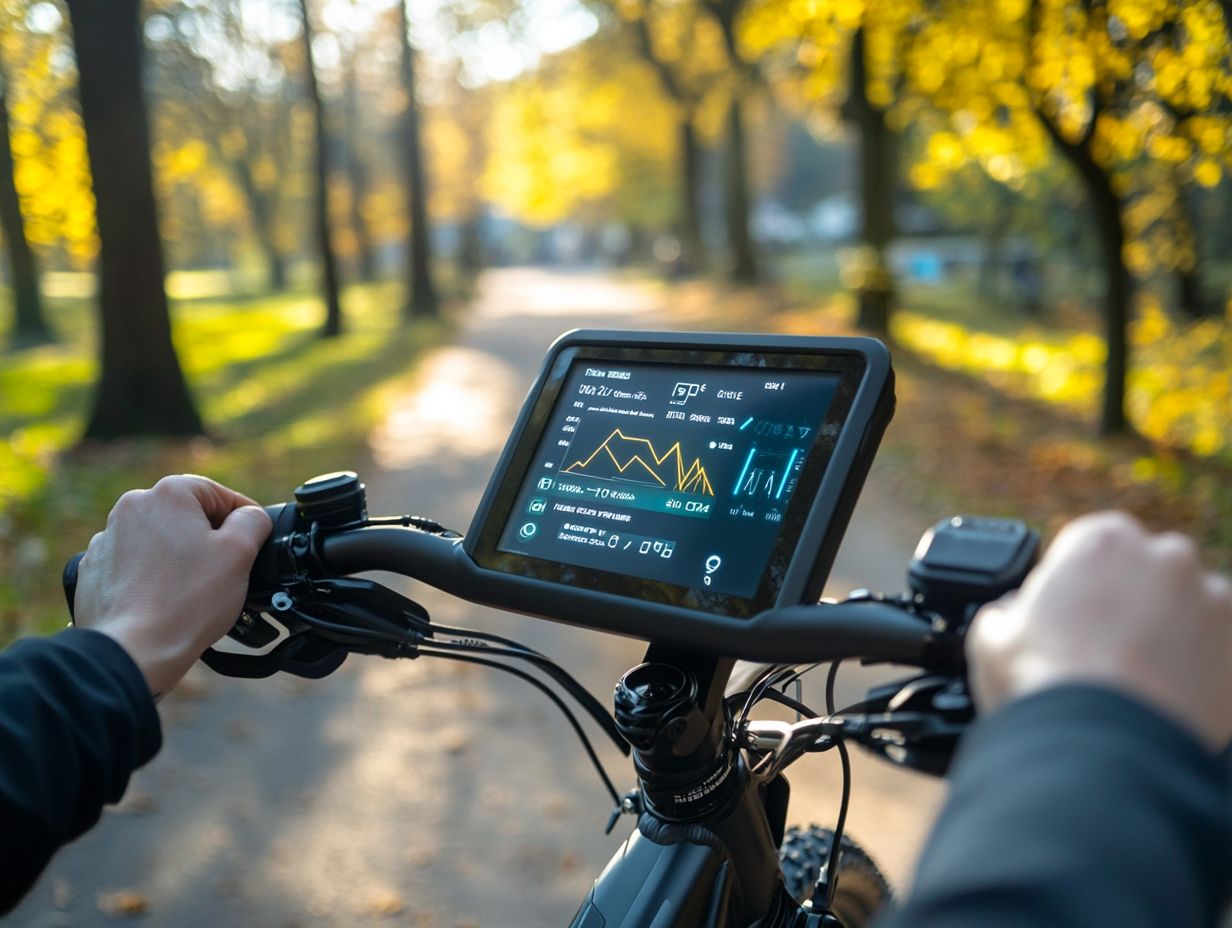
Battery capacity and motor power are two critical factors that significantly impact your e-bike’s performance, determining how far you can travel and how adeptly you can handle inclines, especially during the hill climb test.
The interplay between these components is vital; larger battery capacities not only extend your range but also ensure steady power delivery, particularly when facing challenging terrains. Most modern e-bikes come equipped with advanced lithium-ion batteries, celebrated for their lightweight design and efficiency, enhancing your overall riding experience. To further improve your rides, check out this guide on optimizing electric bicycle performance.
When subjected to various conditions, e-bikes with high-capacity batteries demonstrate impressive performance, especially in maintaining speed and tackling steep gradients.
Adequate motor power complements this setup. It instills confidence and control, transforming each ride into an exhilarating adventure, whether navigating urban streets or conquering rugged trails.
Weight and Frame Design
The weight and frame design of your e-bike play a pivotal role in its overall performance, directly impacting both its durability and your riding experience especially when tackling challenging terrains.
Rider handling and acceleration are significantly influenced by the e-bike’s weight. A lighter model typically responds more nimbly during quick turns and climbs, enhancing your speed and maneuverability. In contrast, a heavier e-bike can offer increased stability on rough surfaces, making your ride feel more secure. If you experience any issues, check out this guide on how to identify electric bicycle performance issues.
The shape of the bike frame also affects your comfort. E-bikes designed with a lower center of gravity provide better balance, which translates to smoother and more enjoyable rides.
Recent innovations from top e-bike manufacturers highlight a clear trend towards lightweight materials paired with ergonomic designs designed for comfort and efficiency responding to the demands for both performance and comfort that you, as a modern consumer, expect.
Interpreting Performance Ratings
Understanding performance ratings is crucial for you as a consumer aiming to compare various e-bike models effectively. This knowledge gives you the power to make informed product choices and offer thoughtful recommendations based on comprehensive e-bike reviews.
Comparing Different E-Bike Models
When you compare different e-bike models, grasping the intricacies of performance ratings can truly refine your choices to meet your specific expectations and needs.
These ratings typically cover vital elements such as speed, battery life, and overall efficiency, all of which can vary significantly from one model to the next. Considerations like weight capacity and stability are equally important, as they greatly influence how well an e-bike aligns with your lifestyle. Additionally, understanding how brand choice affects electric bicycle performance can help you make an informed decision.
By reflecting on these metrics, you can make informed decisions tailored to your commuting habits or recreational pursuits. Evaluating how each model measures up against user reviews and expert assessments further gives you the power, ensuring that your investment complements your daily requirements and aspirations seamlessly.
Tips for Choosing the Right E-Bike
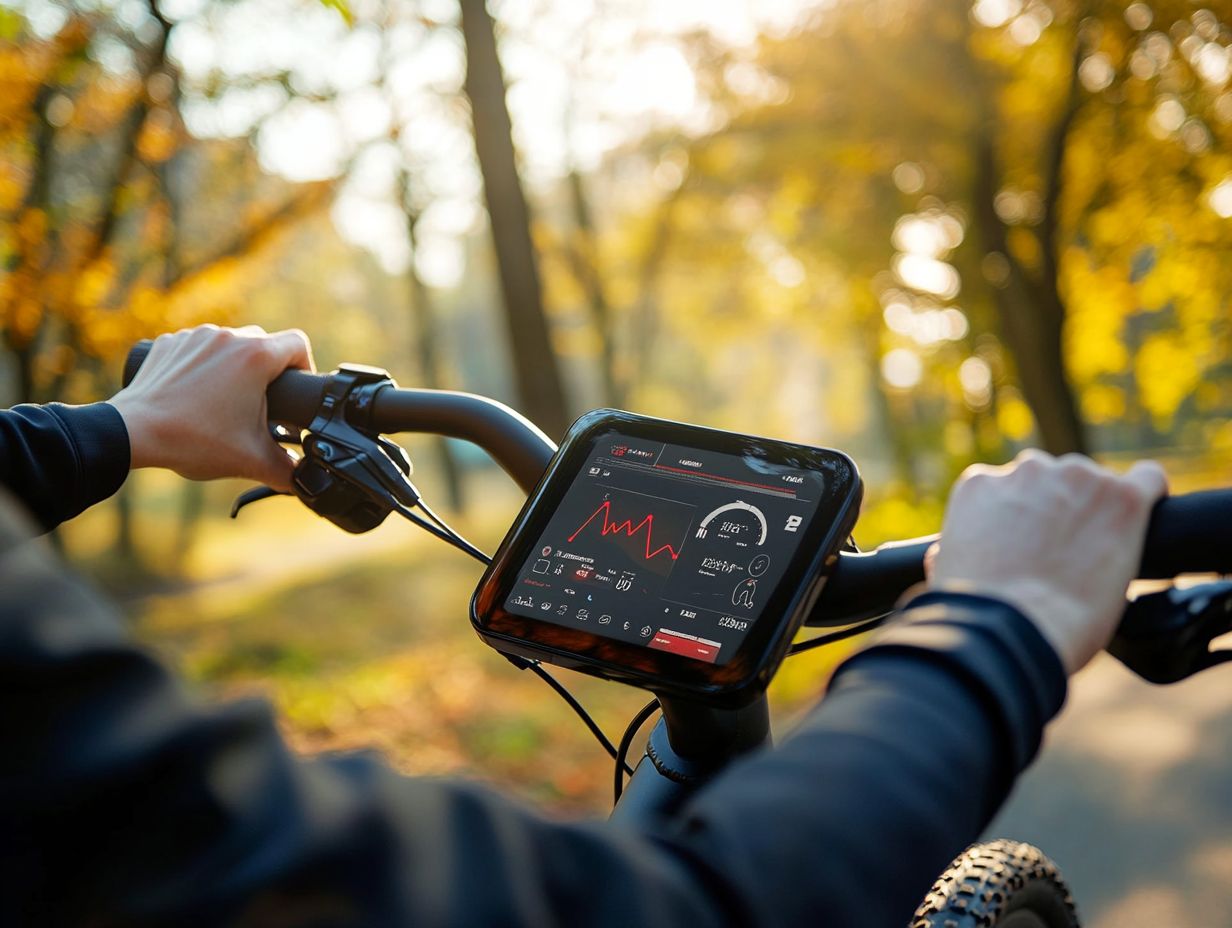
Selecting the perfect e-bike requires thoughtful scrutiny of performance ratings, product recommendations, and how effectively the bike aligns with your unique riding experience and safety standards.
Matching Performance Ratings to Your Needs
Matching performance ratings to your personal needs is crucial for crafting an exceptional e-bike experience tailored perfectly to your lifestyle and riding conditions.
To effectively assess which performance metrics resonate with you, consider key factors like your intended use whether you’re commuting daily, enjoying leisurely rides, or embarking on off-road adventures. Additionally, learn how to compare electric bicycle types effectively by paying attention to elements such as battery life, speed capabilities, and weight to ensure they align with your typical journeys.
A deep understanding of your expectations around comfort, handling, and durability can greatly elevate your overall riding experience. By prioritizing these metrics, you empower yourself to make informed choices that align with your unique riding habits, ensuring satisfaction and joy in every ride you take!
Considering Other Features and Factors
In addition to performance ratings, consider features like safety standards and durability ratings. These factors build consumer trust in e-bike brands.
Integrated lighting systems, reliable braking mechanisms, and sturdy frame construction are vital for rider safety. These features enhance your experience and assure you that your investment is secure.
A well-built e-bike with recognized safety certifications can greatly influence your buying choices. Many consumers seek longevity and reliability and prefer products that offer both peace of mind and exceptional performance.
Frequently Asked Questions
What are E-Bike performance ratings?
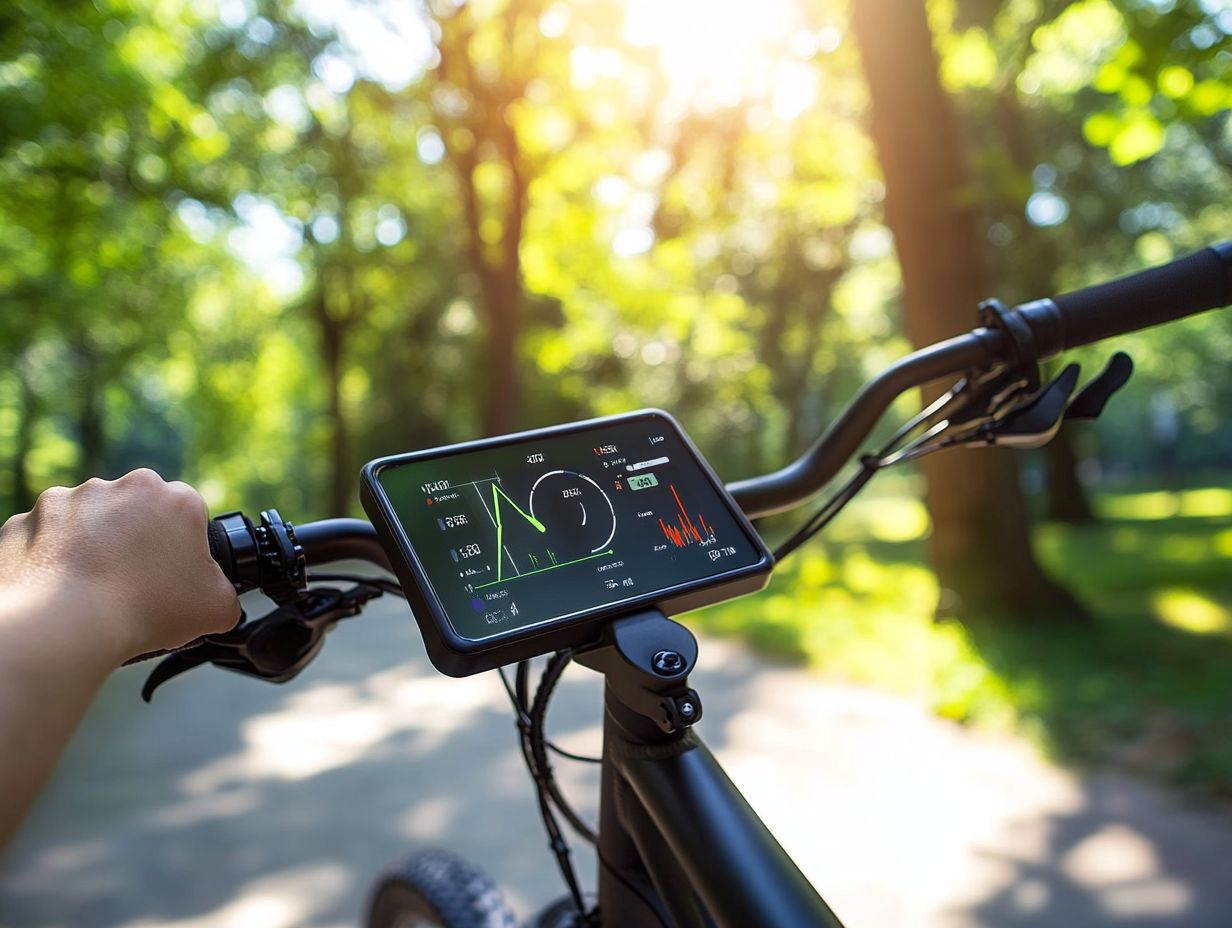
E-Bike performance ratings measure the overall performance and capabilities of electric bicycles. They include factors such as speed, range, motor power, and the overall ride experience.
How can I assess E-Bike performance ratings?
The best way to assess E-Bike performance ratings is to conduct your own research and read e-bike reviews from fellow riders. You can also test ride the bike to feel its speed, range, and other features.
What factors should I consider when assessing E-Bike performance ratings?
When assessing E-Bike performance ratings, consider factors like motor power, battery life, range, maximum speed, and weight. These elements will affect the bike’s overall performance and your ride experience.
Are there any standards or guidelines for E-Bike performance ratings?
Currently, there are no universal standards or guidelines for E-Bike performance ratings. However, some manufacturers may use their own rating systems or labels to indicate performance capabilities.
Can I compare E-Bike performance ratings between different models and brands?
Yes, you can compare E-Bike performance ratings across different models and brands. Just remember that rating systems may vary, and it’s essential to consider all factors when making comparisons.
How important are E-Bike performance ratings when choosing an electric bicycle?
E-Bike performance ratings are crucial they help you choose the perfect ride for your adventures! They give you a good idea of the bike’s capabilities and help you determine if it’s the right fit for your needs and riding style.


